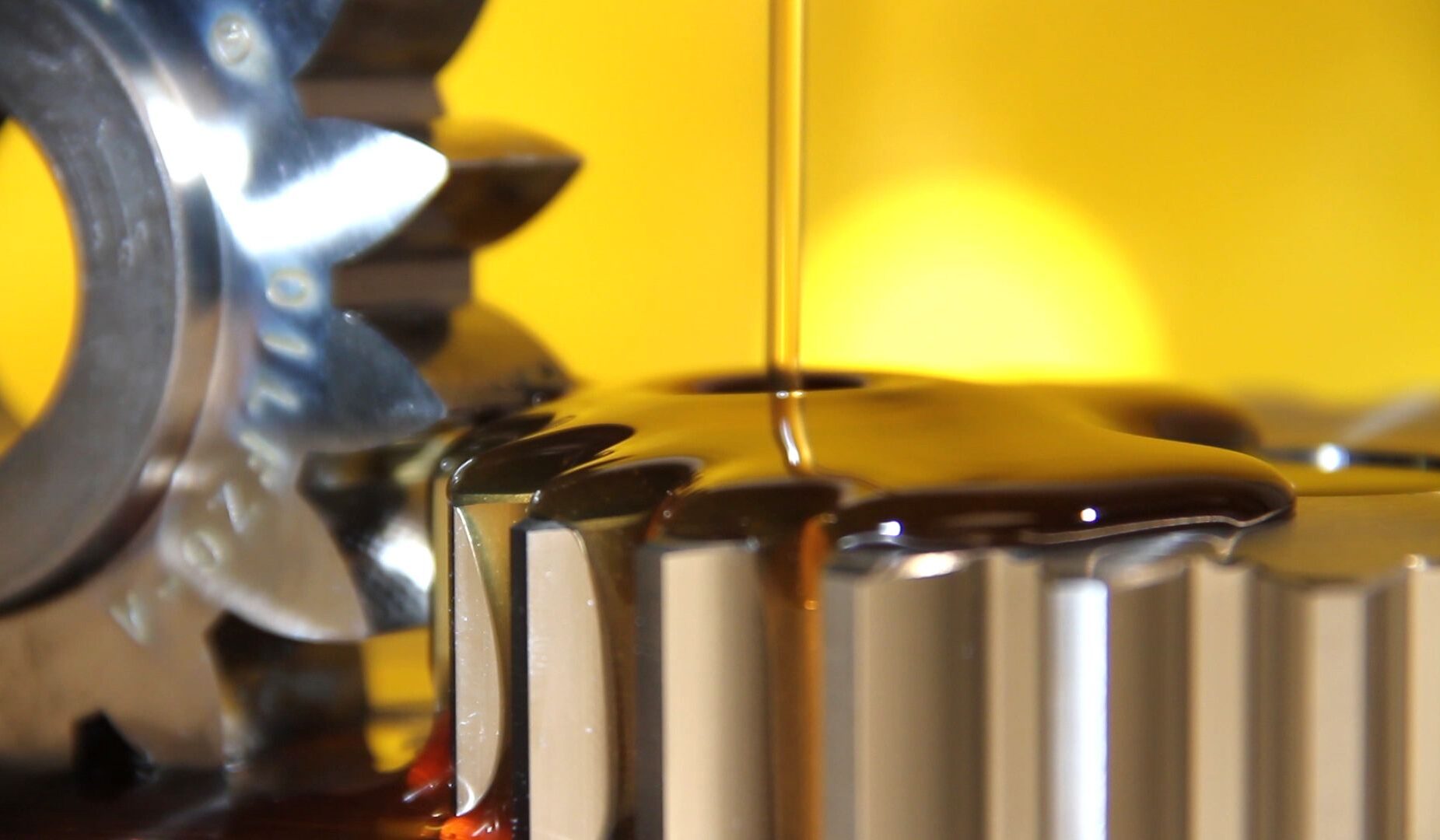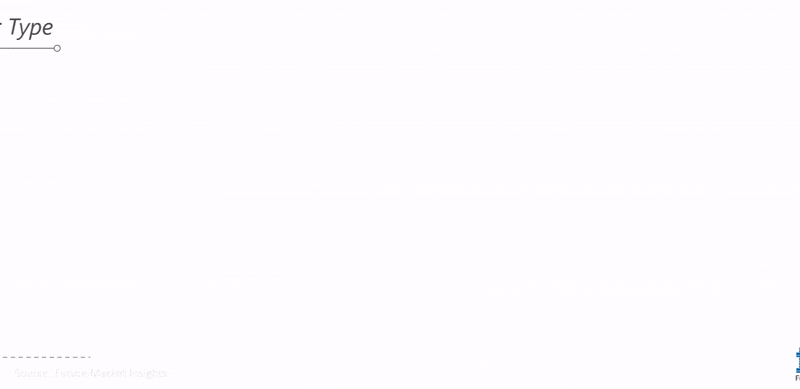The global non-alcoholic malt beverages market size is expected to reach US$ 37,209.8 Mn by the end of 2028. According to a study by Future Market Insights (FMI), titled “Non-alcoholic Malt Beverages Market: Global Industry Analysis 2013-2017 and Opportunity Assessment, 2018-2028,” the market will show a steady rise at 4% CAGR between 2019 and 2028. According to the report, the rising demand for healthier options in non-alcoholic beverages will stoke growth in the market. The report offers a comprehensive overview of the market, covering key growth drivers, restraints, opportunities, and prevailing trends. It uses unique research methods to offer the most accurate analysis of the market.
It includes in-depth insights into the non-alcoholic malt beverages market. Some of these are:
- The estimated value of the market was at US$ 25,224.1 Mn in 2018. Through the course of the report’s forecast period, the market is exhibited to show a steady pace of growth.
- Regionally, Asia Pacific excluding Japan emerged as a key market for non-alcoholic malt beverages.
- Western Europe and North America will remain steady as key markets for non-alcoholic malt beverages.
- The Asia Pacific market is also expected to show growth at the highest rate over the forecast period.
- Key players are likely to focus on product innovations to stay relevant in developed markets.
Presence of a Thriving Food and Beverages Industry Supports Growth in Developing Regions
Rising production and demand for food ingredients has considerably aided the market’s expansion across emerging nations. For instance, the food market in China is forecast to surge exponentially, creating growth opportunities for the non-alcoholic malt beverages market. While non-alcoholic malt drinks market is considered a niche segment, experts haven’t failed to notice high-volume offering of the category. A non-alcoholic malt beverage contains significantly lesser amount of calories than carbonated drinks, which is aiding their fast penetration into emerging markets. Producers in this category generally target people who refrain from consuming alcohol.
Impelled by prevailing scenario, several leading companies are gearing to launch options in the alcohol free category. For instance, consumer demand led United Breweries to launch Heineken 0.0, to cater to the segment of health-conscious consumers.
Rapid Urbanization Influences Purchase-decision of Consumers
Rapid urbanization has had a major influence on consumer choices. At a time when consumers are increasingly driven by prevailing trends, non-alcoholic malt beverages sale is expected to pick up. Besides this, rising health consciousness among consumers is likely to boost sales of non-alcoholic beer and other beverages. Also the demand for convenient food is rising in response to hectic lifestyle of people around the world. This is a key factor that is expected to drive the non-alcoholic malt beverages market.
In addition to this, consumers are willing to pay higher for products that help them market a statement of higher living standard. This as per experts is one of the key reasons behind the scaling popularity of non-alcoholic malt beverages. According to the report, the demand for non-alcoholic drinks will considerably rise in Asia Pacific excluding Japan and MEA. Westernization, in addition to rising disposable income, will encourage consumers to spend on non-alcoholic beverages.
“Developed regions such as North America and Western Europe already exhibit high demand for non-alcoholic drinks and beverages. Leading companies are currently focusing on flavour launches to suit consumers’ palates in these regions,” said a lead analyst at FMI.
Who is winning?
Some of the leading players operating in the global non-alcoholic malt beverages market are Van Pur S.A., Nestlé S.A., Gujarat Cooperative Milk Marketing Federation Ltd., CHI Ltd., Royal Unibrew A/S, United Dutch Breweries B.V., Aujan Industries Co., L.L.C., Harboes Bryggeri A/S, Asahi Breweries Ltd., among others.
With competition from alternatives soaring high, non-alcoholic malt beverage manufacturers are seeking out diverse strategies not only to stay relevant but gain a competitive edge. As a result of this, leading players are focusing on product innovation and positioning strategies to build a strong brand image. In addition to this, they are strengthening their research and development capabilities to innovate products to attract consumers.
For Information On The Research Approach Used In The Report, Ask Analyst @ https://www.futuremarketinsights.com/ask-question/rep-gb-7424
Get Valuable Insights into Non-alcoholic Malt Beverages Market
Future Market Insights, in its new report, presents an unbiased analysis of the global non-alcoholic malt beverages market, covering historical demand data and forecast figures for the period between 2019 and 2028. The study divulges compelling insights into growth witnessed in the market. The report segments the global non-alcoholic malt beverages market in terms of various criteria. For instance, on the basis of product type, the market can be bifurcated between carbonated and soda drinks and dairy-based non-alcoholic malt beverages. In terms of flavor, the market can be segmented into classic/ natural, apple, peach, berries, citrus, pomegranate, mixed fruit, coffee/ cocoa, and others. Based on packaging type, the market can be segmented into bottles, cans, and liquid cartons. In terms of distribution channel, the market covers hypermarkets/ supermarkets, specialty stores, discount stores, convenience stores, and online retail. Regionally, North America, Latin America, Western Europe, Eastern Europe, Asia Pacific excluding Japan, and MEA constitute the key segments in the global non-alcoholic malt beverages market market.
About Food Market Division at FMI
Expert analysis, actionable insights, and strategic recommendations – the food & beverage team at Future Market Insights helps clients from across the globe with their unique business intelligence needs. With a repertoire of over 1,000 reports and 1 million+ data points, the team has analysed the food & beverage industry lucidly in 50+ countries for over a decade. The team provides end-to-end research and consulting services; reach out to explore how we can help.

